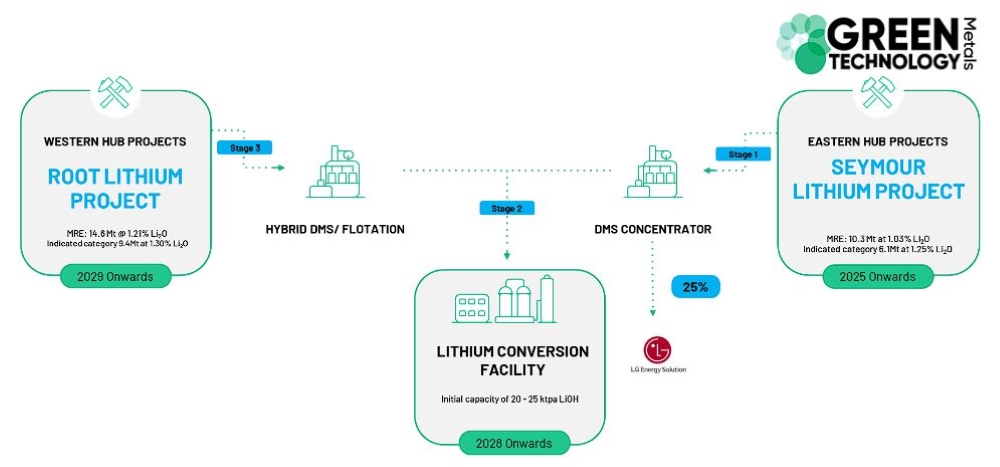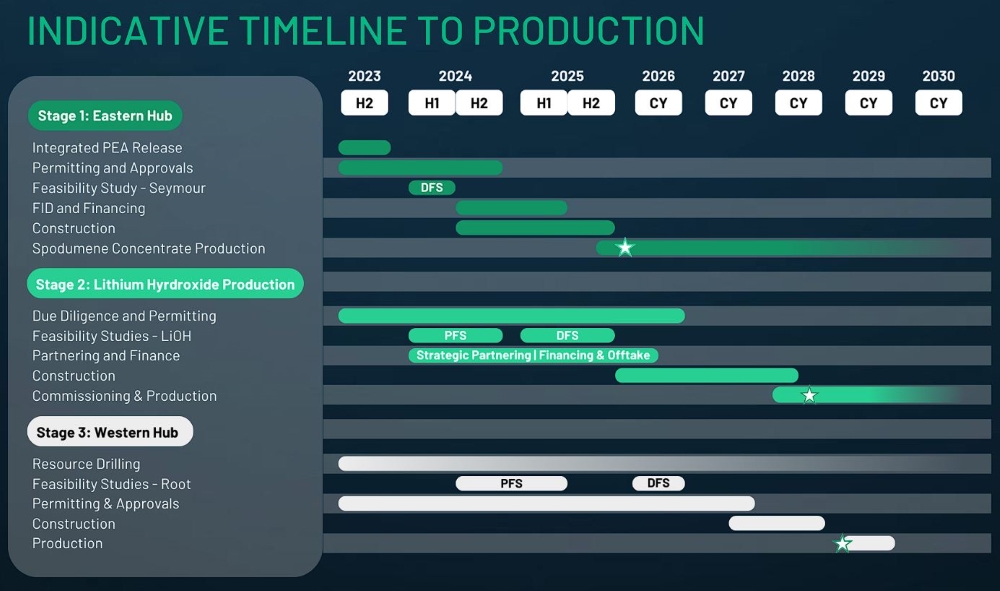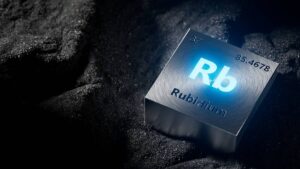GT1 scopes out two ‘excellent options’ for potential US$10.6bn vertically integrated lithium business

Development of GT1’s lithium hubs in Ontario could be a game changer for the province. Pic via Getty Images.
- Two development options come in at US$6bn and US$10.7bn in revenue
- IRR of up to 54%
- 21-year mining lease granted for Seymour and 25% offtake committed for first 5 years
- Definitive feasibility study (DFS) underway for Seymour
- Funding options also being assessed
Special Report: A pivotal Preliminary Economic Assessment (PEA) for Green Technology Metals’ vertically integrated lithium projects in Ontario puts it another step closer to becoming Canada’s next lithium producer.
In a staged strategy, Green Technology Metals (ASX:GT1) is looking to become Ontario’s first battery-grade lithium producer from a current resource of 24.9Mt at 1.13% Li2O across its Seymour and Root Bay projects.

In the lead-up:
GT1 made a recent increase in indicated resources at Seymour, taking the project’s overall resources up to 10.3Mt at 1.03% Li2O and global inventory across both projects from 24.5Mt at 1.14% Li2O up to 24.9Mt at 1.13% Li2O.
This follows the 25% resource upgrade of the Root Bay deposit and is another step forward for the company’s goal of becoming Ontario’s first battery-grade lithium producer via its Seymour and Root Bay projects.
PEA options
Option 1 includes mine and concentrator development (Seymour and Root) producing saleable 5.5% spodumene concentrates.
The combined metrics for the two mines and spodumene concentrators have been assessed for open pit mining with a 15-year life of mine (LOM) delivering:
- Average production of 207,000tpa @ 5.5% Li2O
- Initial capex of US$162m
- Second phase capex of USD$351m
- Post-tax NPV of US$1.19bn
- IRR of 54%
- LOM revenue of ~$US$6bn
Option 2 covers the broader integrated project by adding the construction of a converter facility to produce lithium hydroxide and other spodumene concentrates.
This includes the development of a lithium hydroxide conversion facility at Thunder Bay, which will take the 5.5% concentrate feed. Key metrics are:
- Average lithium hydroxide monohydrate production of 24,400tpa
- Initial capex of $US800m
- Post-tax NPV of US$1.132bn
- IRR of 27%
- LOM revenue of ~US$10.7bn
These financial estimates assume a reasonably conservative US$2,029/t for the 5.5% Li2O and include overall contingencies of US$58m for Option 1 and US$158m for the expanded Option 2.
“We are pleased to deliver our PEA which initially includes the mines and concentrators in North-Western Ontario, confirming a strong NPV and robust project delivery strategy with low capital hurdles to get GT1 first into production in Ontario,” GT1 CEO Luke Cox says.
“The second part of the PEA includes the conversion of lithium concentrates to lithium chemicals which are currently unavailable in North America and will play a critical role in closing the supply chain from mine to electric vehicle, all Ontario-made.
“The success of GT1’s strategy includes collaboration between indigenous partners, communities, government, industry, and all stakeholders.
“Working together, the actions in this strategy will build a stronger, more resilient business and promote local communities.”
Next steps
Following on from the assessment, GT1 will initiate three separate studies aligned with each project to enable a robust development timeline of:
- Stage 1 – Definitive Feasibility Study: Seymour Mine and Concentrator – Q2 2024
- Stage 2 – Preliminary Feasibility Study: Lithium Conversion Facility – Q4 2024
- Stage 3 – Preliminary Feasibility Study: Root Mine and Concentrator – Q2 2025

Finance options
The company intends to seek minority asset-level investment from strategic groups associated with the battery minerals supply chain in Ontario and surrounding jurisdictions, and has already commenced discussions.
A debt funding packag, structured to complement the asset-level investments, with the cooperation of the selected strategic partners and their network of financiers, is the desired outcome.
“It is expected this will also allow the opportunity for government funding schemes to participate through the various infrastructure and critical minerals initiatives currently being offered,” GT1 says.
“These include both Provincial and Federal Canadian government schemes, such as the Critical Minerals Infrastructure Fund (CMIF), Export Development Canada (EDC) and the Canadian Infrastructure Bank (CIB).”
This article was developed in collaboration with Green Technology Metals, a Stockhead advertiser at the time of publishing.
This article does not constitute financial product advice. You should consider obtaining independent advice before making any financial decisions.
Related Topics

UNLOCK INSIGHTS
Discover the untold stories of emerging ASX stocks.
Daily news and expert analysis, it's free to subscribe.
By proceeding, you confirm you understand that we handle personal information in accordance with our Privacy Policy.








